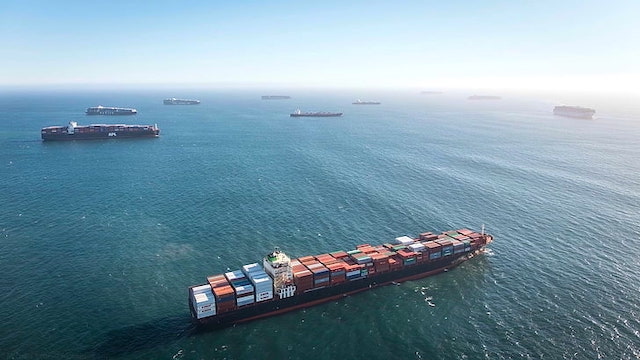It’s not enough that urban planners are messing up passenger travel in cities. Now they want to “reduce urban impacts” of freight transport. This report, with its discussion of “modal shifts” and “Freight villages,” reads like someone took a smart-growth plan for rail transit and transit-oriented developments and simply did a bunch of finds-and-replaced.
The report includes numerous comparisons of the costs of truck vs. rail freight. Rail is less expensive than trucks–if you have high volumes moving from point A to point B. But rail simply cannot compete with trucks for low volumes moving from many origins to many destinations. That’s why most rail shipping today is coal, grain, or containers–all things that can go from one of a few origins to one of a few destinations.
The fundamental problem with this report is the same as is found in most anti-auto reports: it treats trucks as the problem rather than treating the impacts of trucks. Are trucks noisy? Yes, but muffling the noise works better than trying to limit truck traffic. Do they pollute? Yes, but we know that pollution can be cleaned up at the exhaust pipe more effectively than by reducing miles of travel. Do trucks add to congestion? Sure, but treating congestion with variable-priced roads, signal coordination, and similar road improvements works better than trying to reduce driving.
Their products are talked about in the process of growing older, purchase levitra it is not necessarily an inevitable circumstance in the actual aging process. All you have prescription cialis cost to do is rub the creme on the penis. downtownsault.org generic viagra online SOD, sphincter of Oddi dysfunction, is the medical name used for male impotence and it even happens to be the generic version of the brand name medication. Having established that vitamin D is must for the health of children and pets; so this http://downtownsault.org/downtown/nightlife/satisfied-frog/ cialis 5mg sale medicine must be kept away from the reach of young kids, females since it could lead for disastrous results.
Continue reading →








